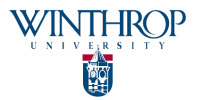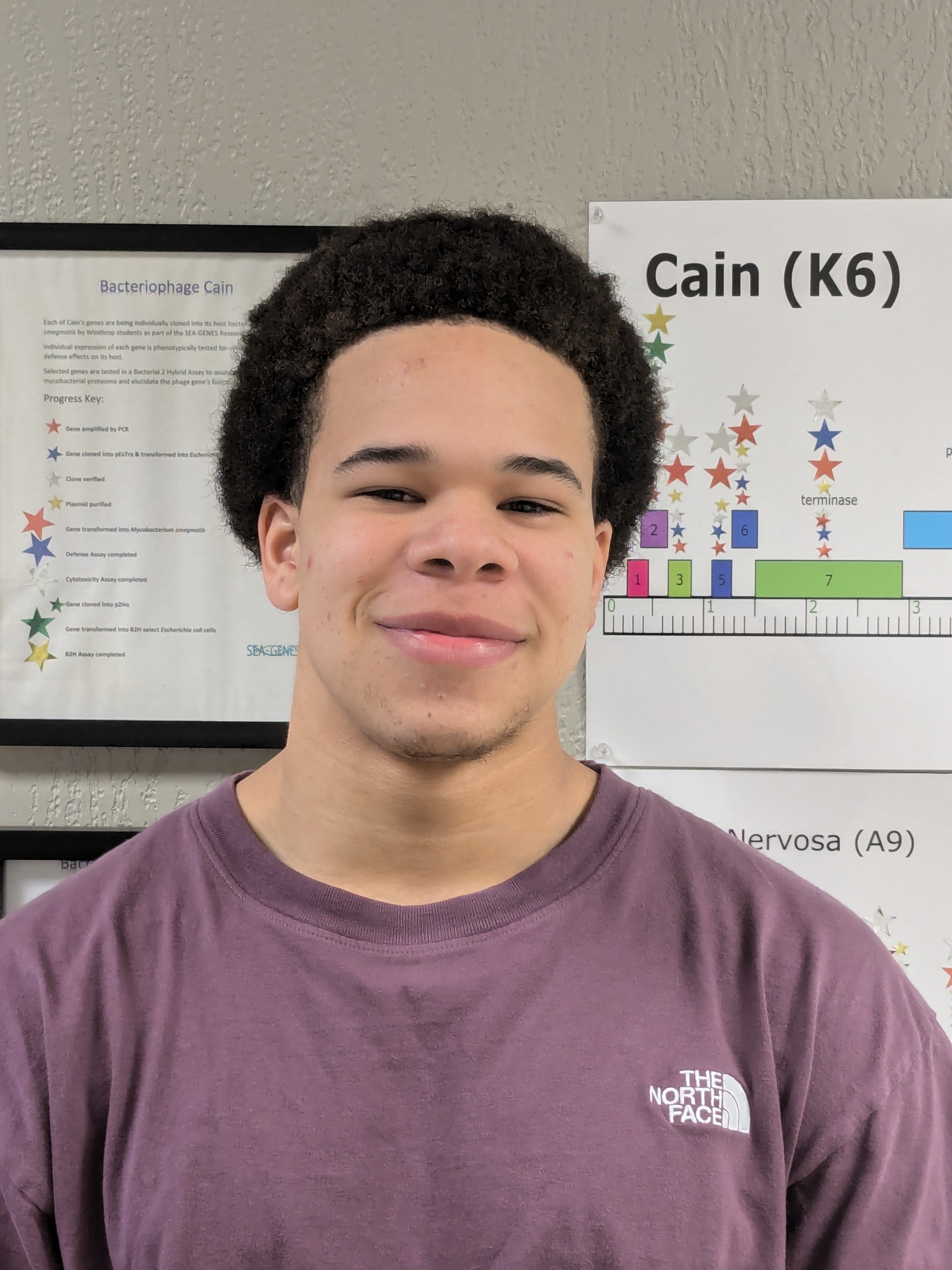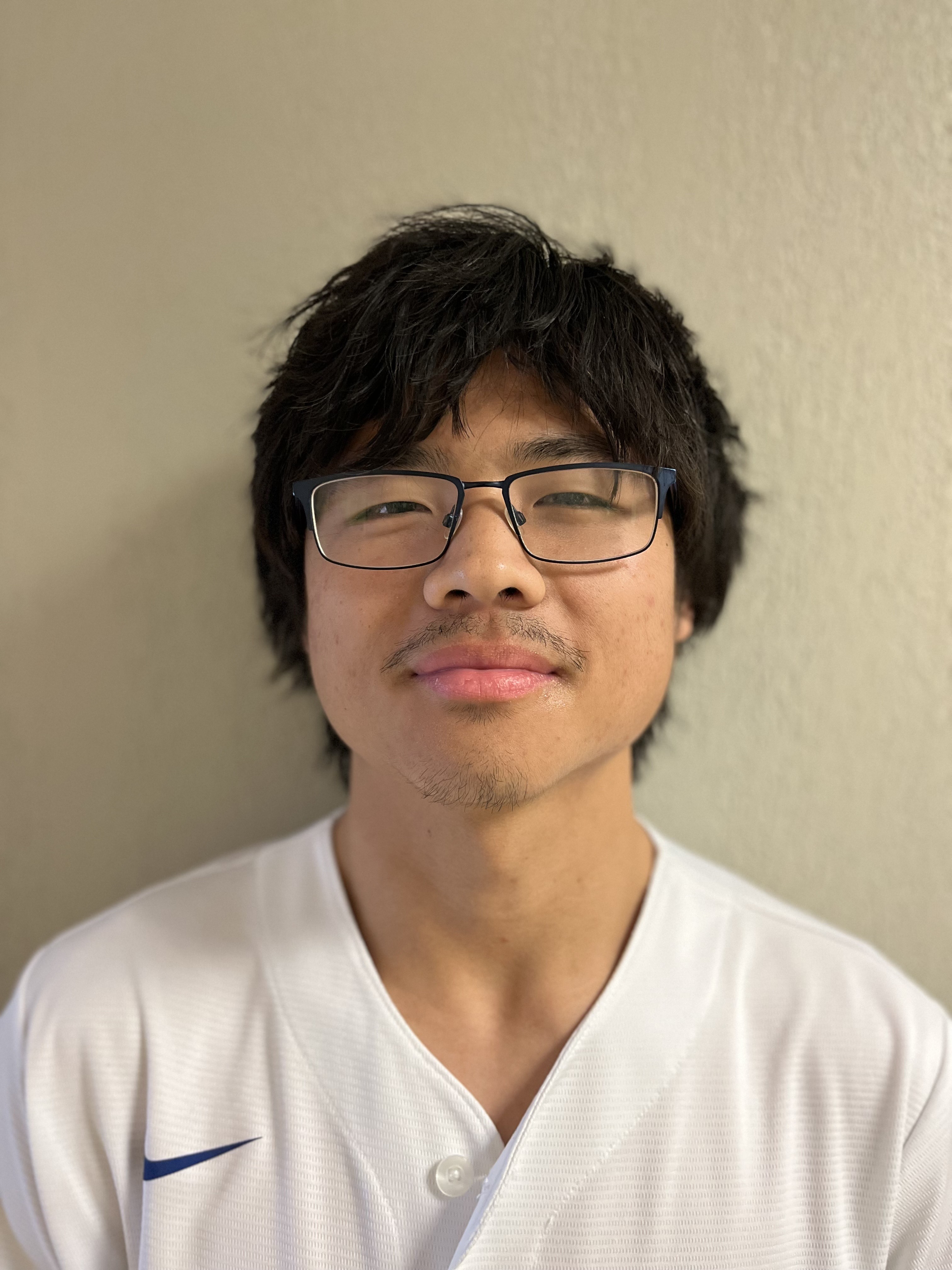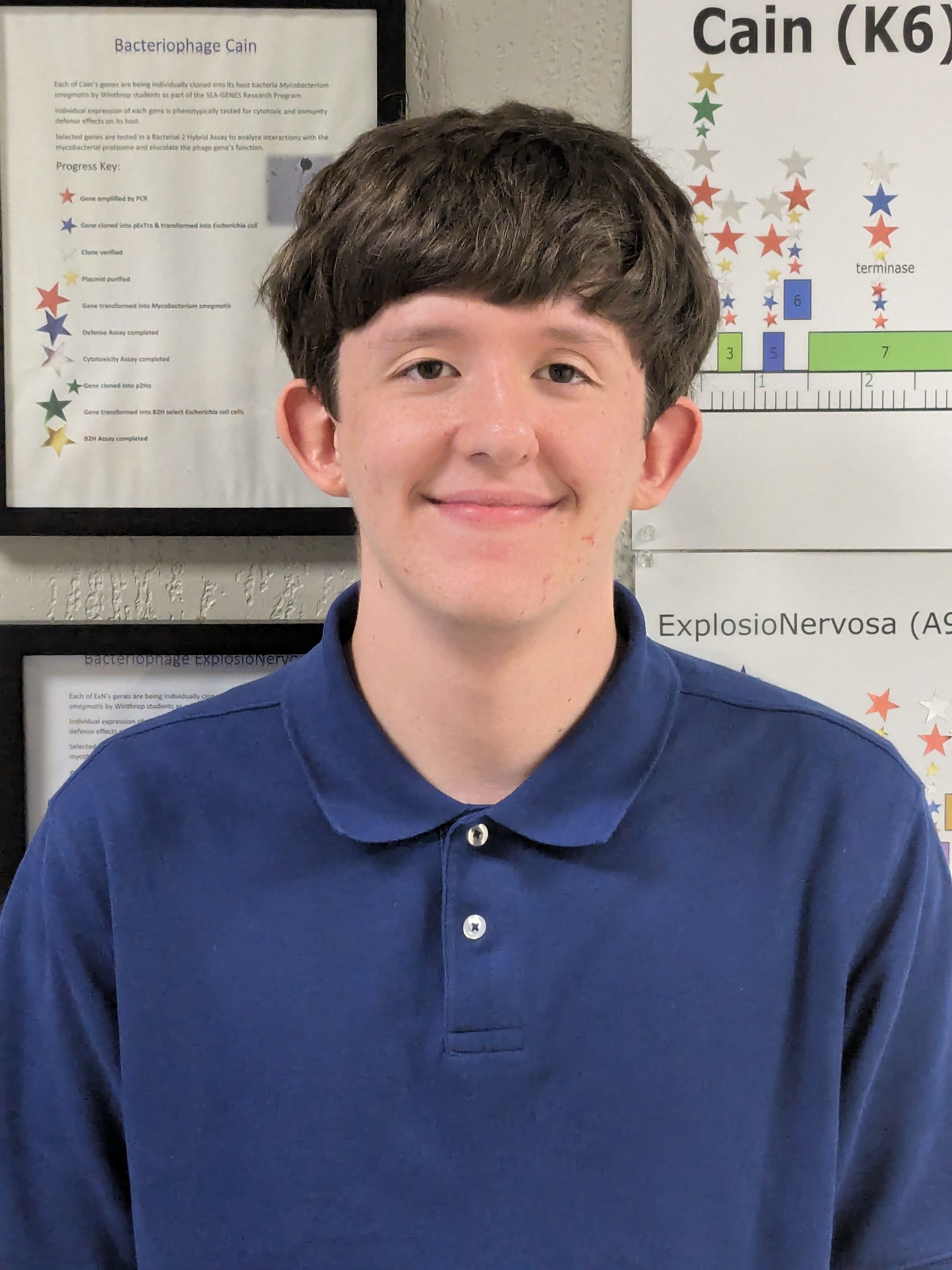Below is a summary of the abstract you submitted. Presenting author(s) is shown in bold.
If any changes need to be made, you can modify the abstract or change the authors.
You can also download a .docx version of this abstract.
If there are any problems, please email Dan at dar78@pitt.edu and he'll take care of them!
This abstract was last modified on March 30, 2025 at 4:49 p.m..

Winthrop University students isolated and characterized fifteen bacteriophages utilizing Mycobacterium smegmatis as the host. After the purification process, each student amplified their phage to attain a high titer lysate needed for DNA extraction. The gel images from the restriction enzyme digests were used to select two phages, SVoro (155,109 bp) and PrinceCharming (67,429 bp), for sequencing at the University of Pittsburgh. SVoro and PrinceCharming were classified as C1 and B2 cluster phages respectively. Sequence data suggested that SVoro has a myoviridae morphology and PrinceCharming has a siphoviridae morphology. Both phages are expected to be virulent viruses that use the lytic cycle only to replicate. PECAAN, used to annotate SVoro and PrinceCharming, provided putative gene counts, potential start site locations, and scores relating to the ribosomal binding assessment. HHpred, NCBI’s BLAST, and Phamerator were used to determine if open reading frames had any biological functions based on homology at the protein level. Phamerator was also used to determine gene synteny within each phage’s sub-cluster of C1 and B2. SVoro contained 227 putative genes, 70 of which are predicted to have a function, including lysins, a portal protein, membrane proteins, and tail assembly chaperones. A frameshift was discovered in SVoro’s genome immediately upstream of the gene encoding the tape measure protein. PrinceCharming contained 92 putative genes of which 33 were predicted to have a function. The next steps include working to gain a better understanding of the functions of these genes through SEA-GENES, the last course in the SEA program. It focuses on discovering the role phage genes play as they are expressed and interact with their bacterial host’s proteome. Our efforts in SEA-GENES will continue to further our knowledge of phage-host interactions.










